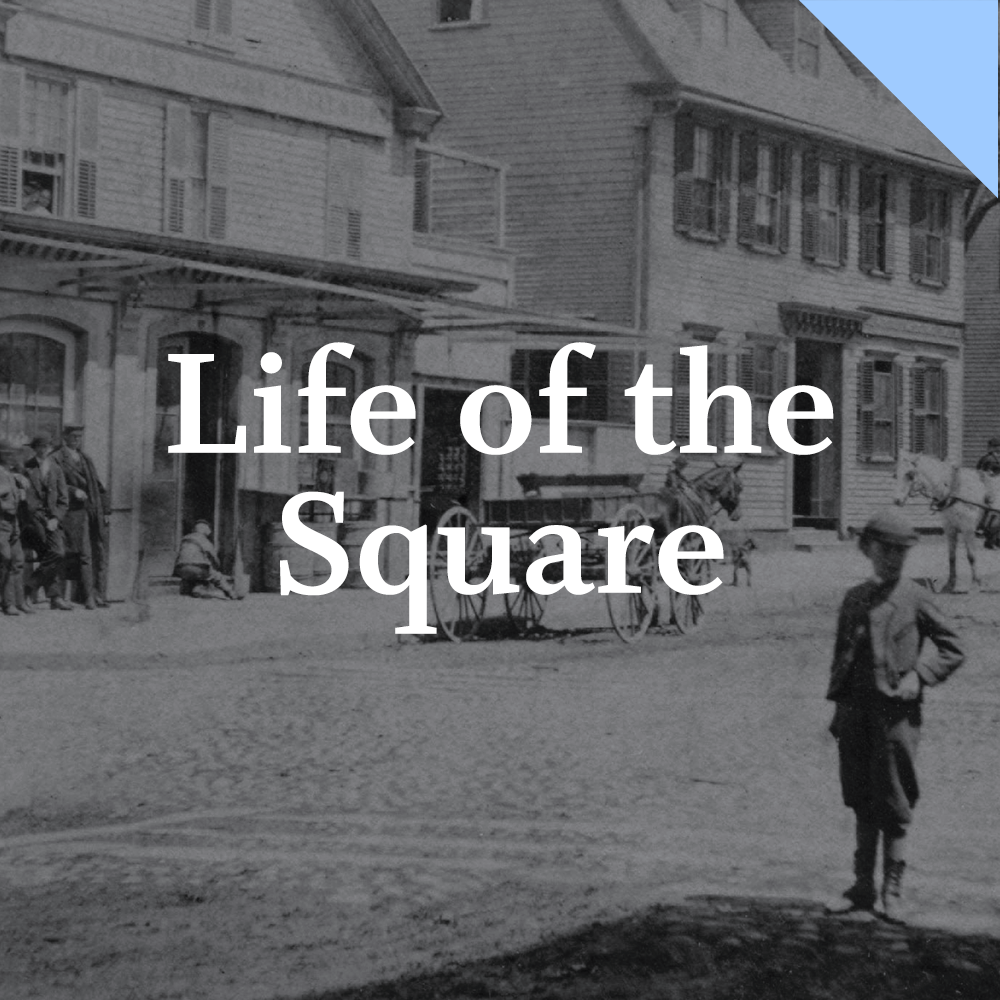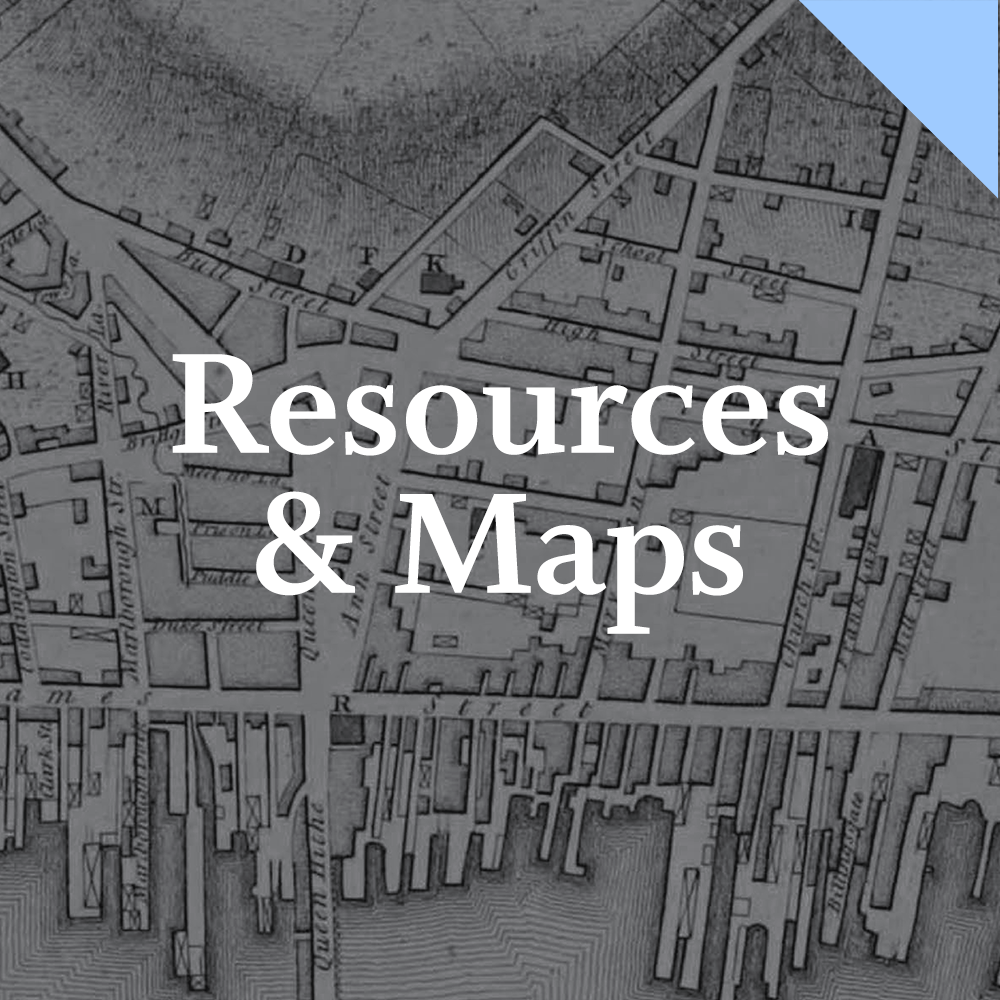5
The Modern Era
The 20th century visited dramatic change upon Washington Square. Economic decline arrived again with the Great Depression, followed by World War II and increased activity with Newport as the primary naval base for the North Atlantic Fleet. Washington Square became home to shops catering to naval personnel with bright lights and neon signs. The grand old Colony House and Brick Market survived, the anchors of the square, but they shared space with centuries of change.
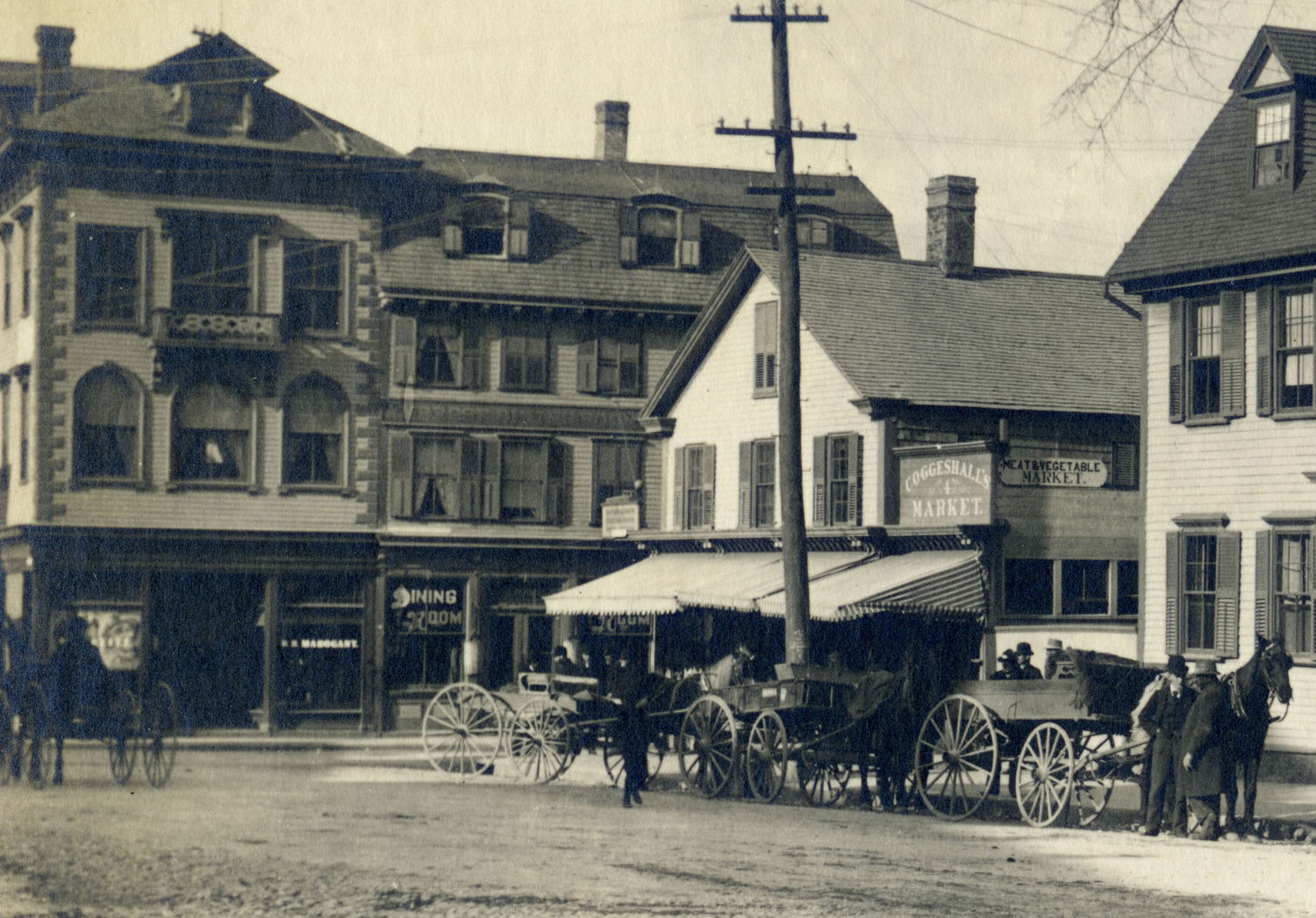

The first city the vestiges of the early settlers..., the second city is the splendid 18th century town with memories of Washington, Rochambeau and Revolutionary glory; the third city contains what remains of a prosperous seaport along the wharves and docks of Thames Street."
— Theophilus North, Thornton Wilder, 1973



Thornton Wilder used the many layered history evident in the city's streetscapes in his novel Theophilus North set in the Newport of 1926. He compared Newport to ancient Troy with its many cities, one built on top of the other, a record of every past era. Wilder infused Newport with a tender humanity as his characters walk the streets, living out their ambitions, hopes and fears.
New construction continued to alter the face of the square in the early 20th century with the addition of the Army and Navy YMCA and the Court House. These buildings, however, were set within the historic framework of the area. By mid-century, the rise of Modernism in architecture and urban planning threatened the very existence of this time-worn urban space. Modernity had no patience for the picturesque effects of decaying buildings and crooked streets so often celebrated in earlier decades. Efficiency ruled the day. History was out. The future was in.

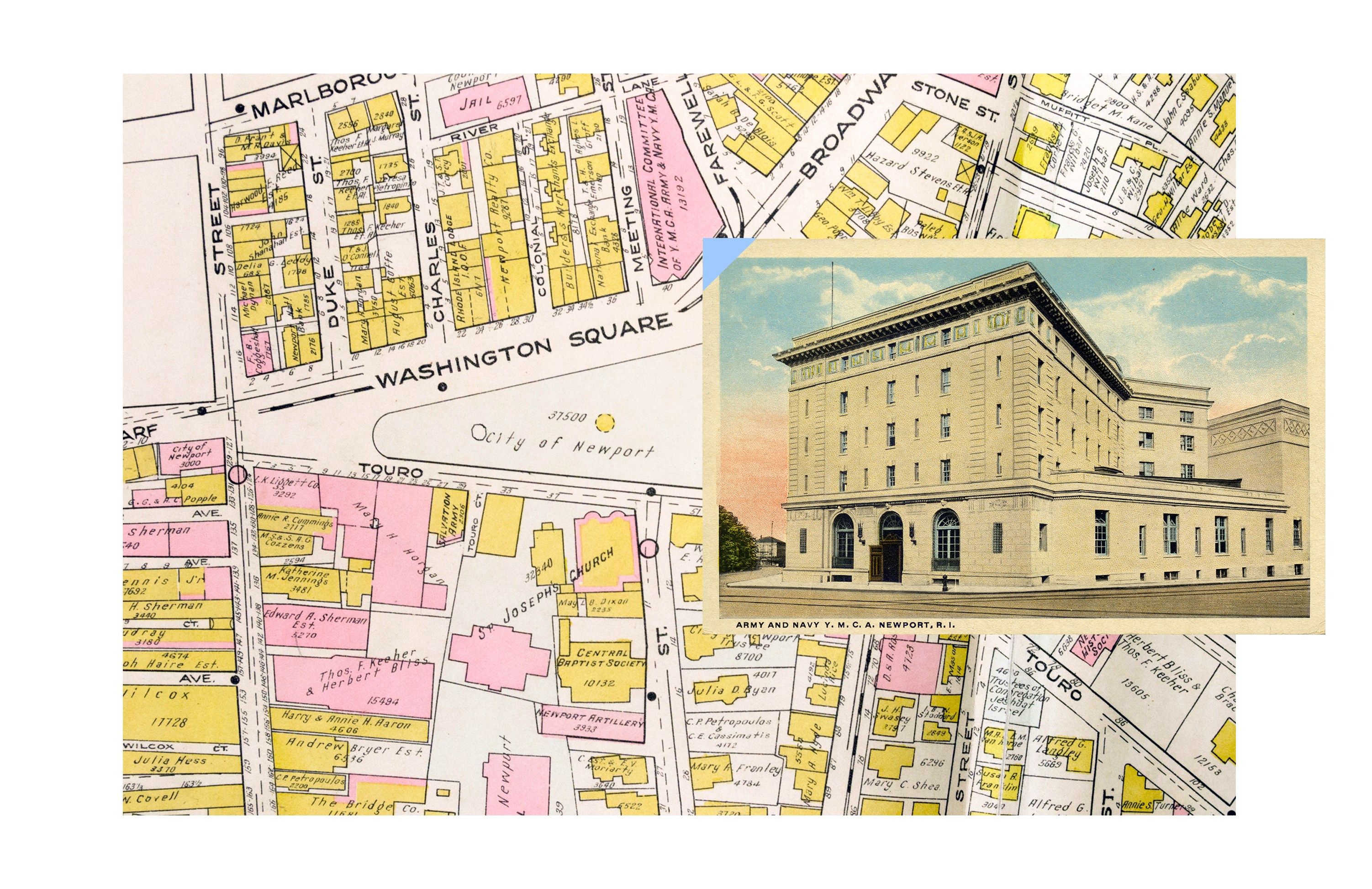


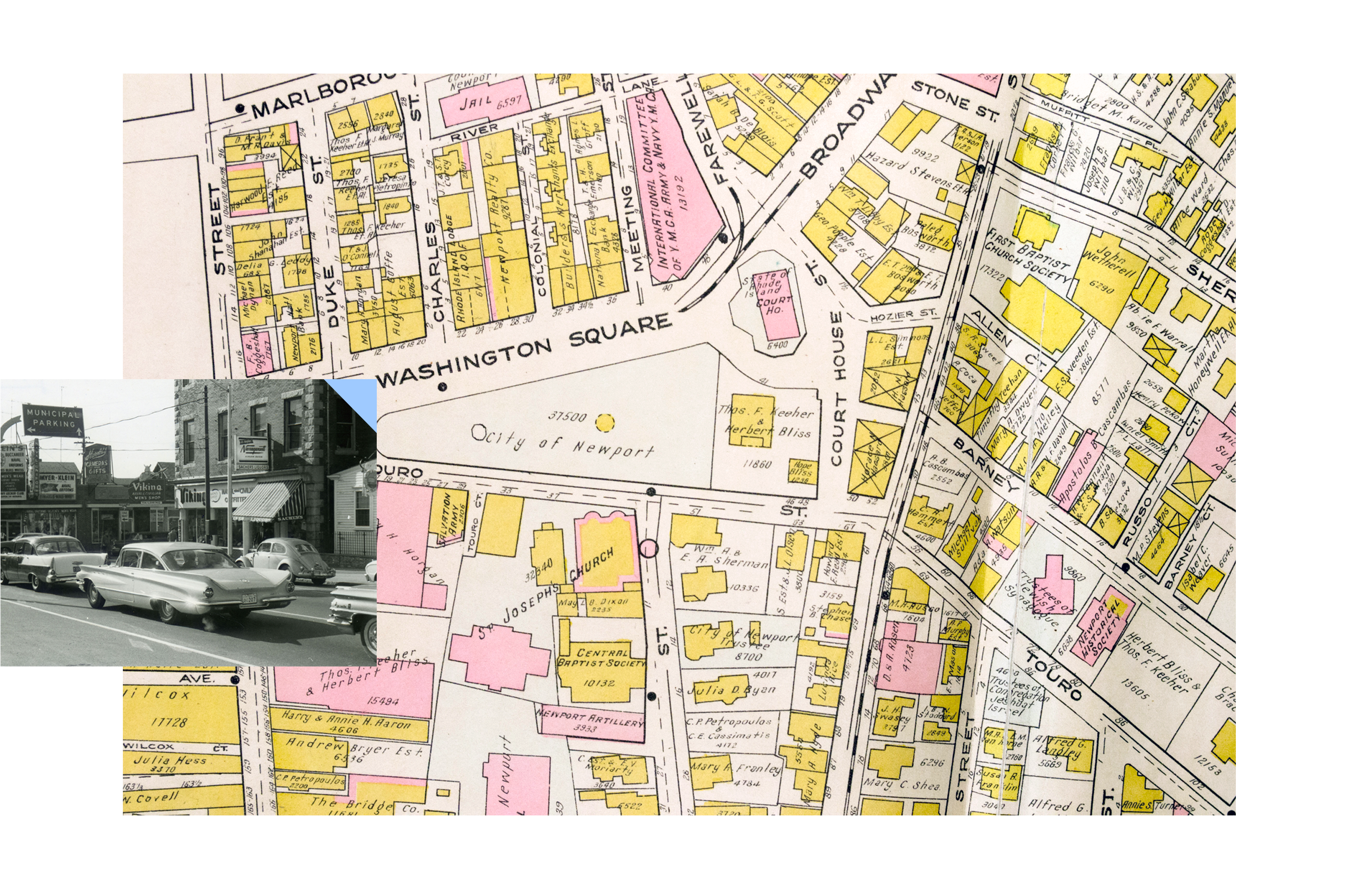
The Colony House and Brick Market, coming after the plan was set, make a focal point for Washington Square, but a square in name only. Instead, the town’s important buildings are scattered, presently a most interesting urban scene, and, at the same time, a challenge to the ingenuity of those who are trying to preserve it...surroundings of commercial blight are the rule rather than the exception in Newport.
— Report by Tunnard & Harris, 1960


6
Conclusion
The pageant of Newport's past and those who shaped it are embedded in the buildings and streetscapes of Washington Square. For over three and a half centuries, the square has thrived, decayed and revived. Many forces influenced the foundation and evolution of the square. The search for a new life, religious freedom, sea trade, revolution, industry, historic preservation and urban renewal all played a role in the creation of the "accidental work of art" that is Newport's great civic space.




